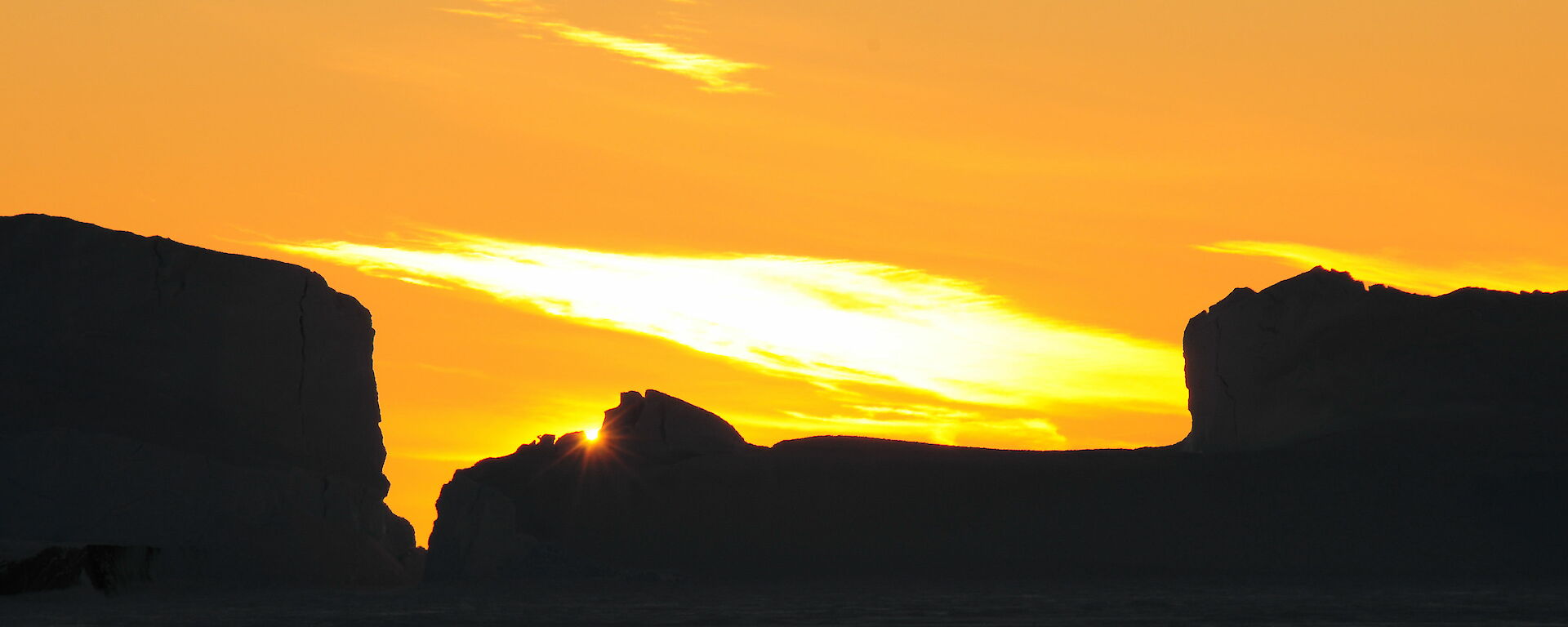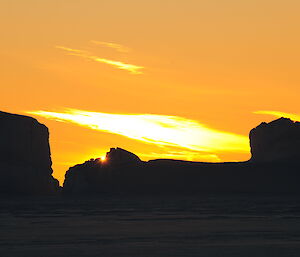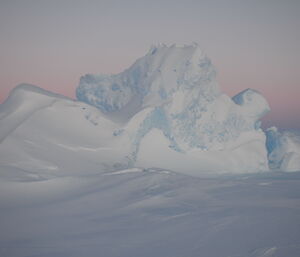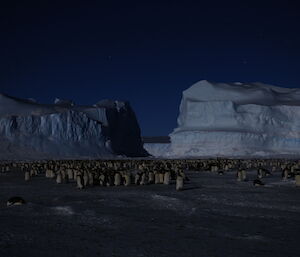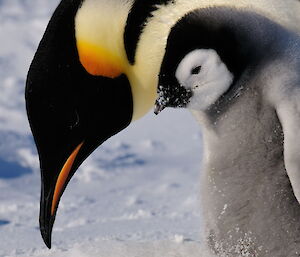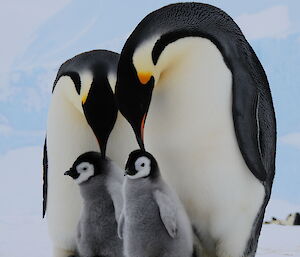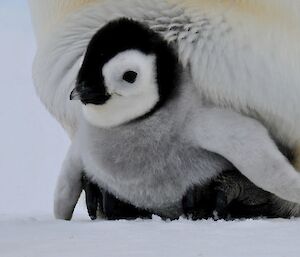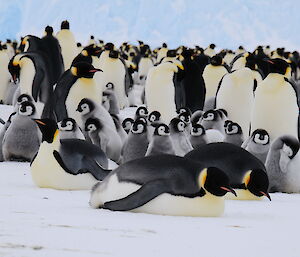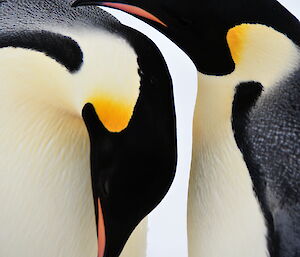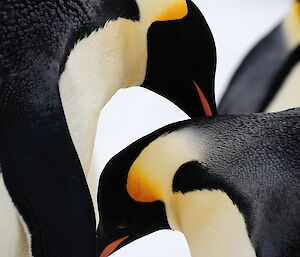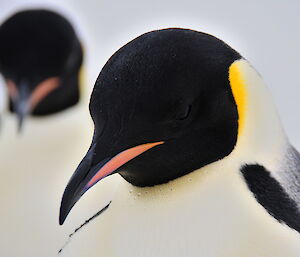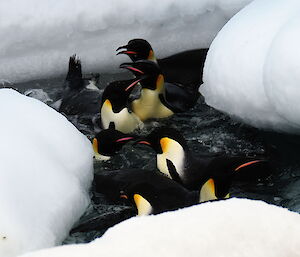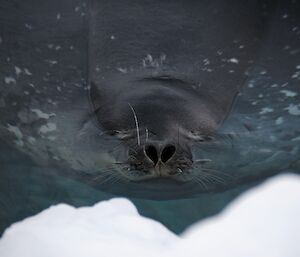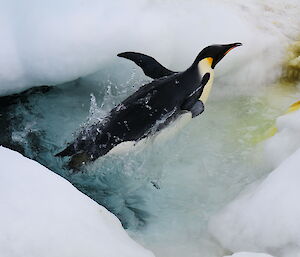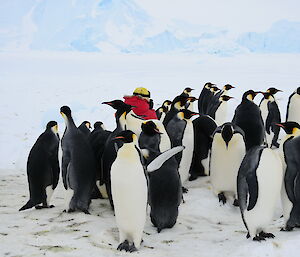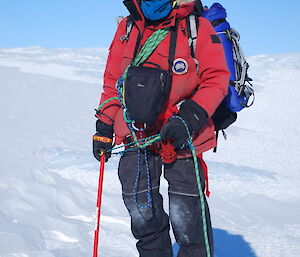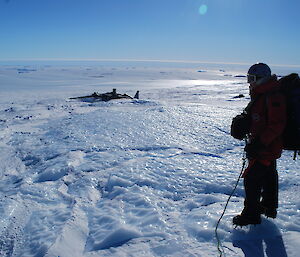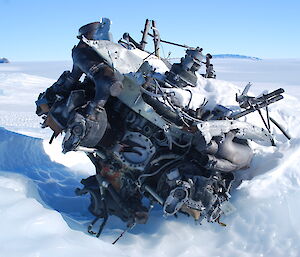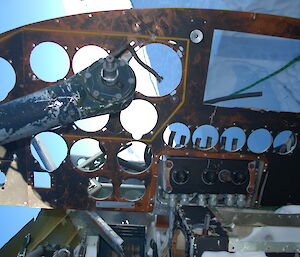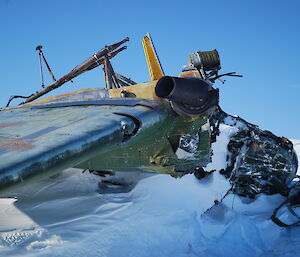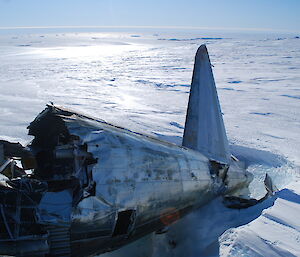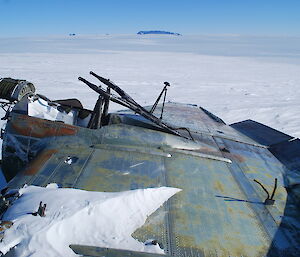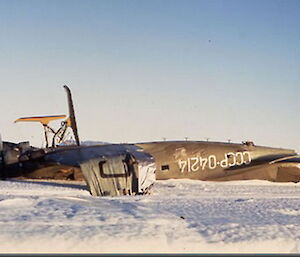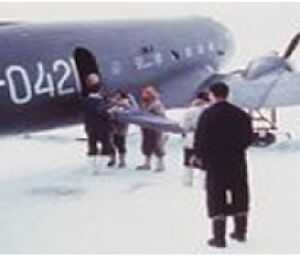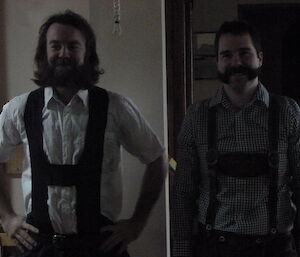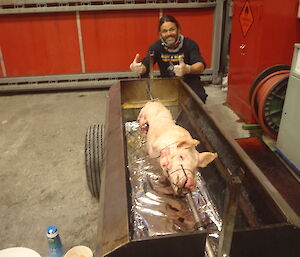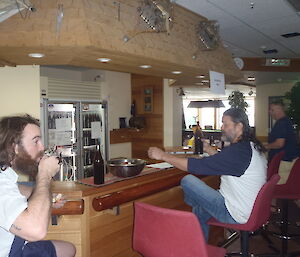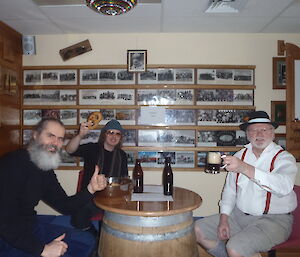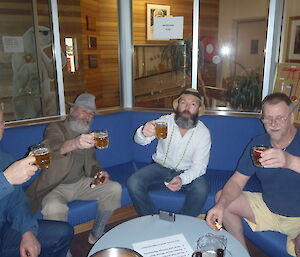On the latest trip to Auster we set off in the evening after dinner with the aim of taking photos of the rookery while it was lit by moonlight.
While travelling we saw the sun setting, the sky transformed by the colourful hues of dusk and the orange glow of the full moon as it rose directly ahead on our path to Auster.
When we arrived at the rookery the moon had risen fairly high in the sky and the entire scene was bathed in moonlight. We spent a couple of hours taking night shots, enjoying the ambience of Auster, illuminated by the gentle light of the moon before we headed back to the hut at Macey, arrival time 2:30am. What a night!
Up again at 8:00 am we had a quick breakfast, packed up and took off back to Auster. There was a light cover of cloud although it was still quite bright. The wind and the temperature were both comfortable, a good combination for a day outside. Sitting on the ice well back from the colony, it wasn’t long until a few adult birds wandered over to hang out with me, then others started to come along with their chicks in tow. Amazing. The penguin chicks are getting bigger and more inquisitive so it wasn’t long until I was surrounded by penguins of all sizes. Hundreds of photos later, it was time to move on. There was a tide crack that needed investigating.The hole in the tide crack had been opened up by Weddel seals and the penguins were also using it to gain access to the ocean so they could fish and bathe. Constant use of the hole would help to keep it open as well. The antics of the penguins as they dive in and out of the hole is priceless, they seemed to be just playing and bathing in the water, having a good time without a care in the world. At times they would dive in one at a time in single file, then the next time it would be stacks on them all all at once, and the same again when they jump out.
A Weddel seal would come to the hole every now and then to get a few breaths of air and rest for a while before it dived back down into the depths. I guess it may have been fishing as it never attempted to come out onto the ice. While the seal was resting at the hole all penguin activity ceased; they were very wary, not sure if the seal was friend or foe. Another few hundred photos later and it was time to leave and make our way back to station after another great trip to visit the penguins.
That’s it, another Icy News story about Auster. It’s a great place to be and I’m sure this isn’t the last Auster news story

